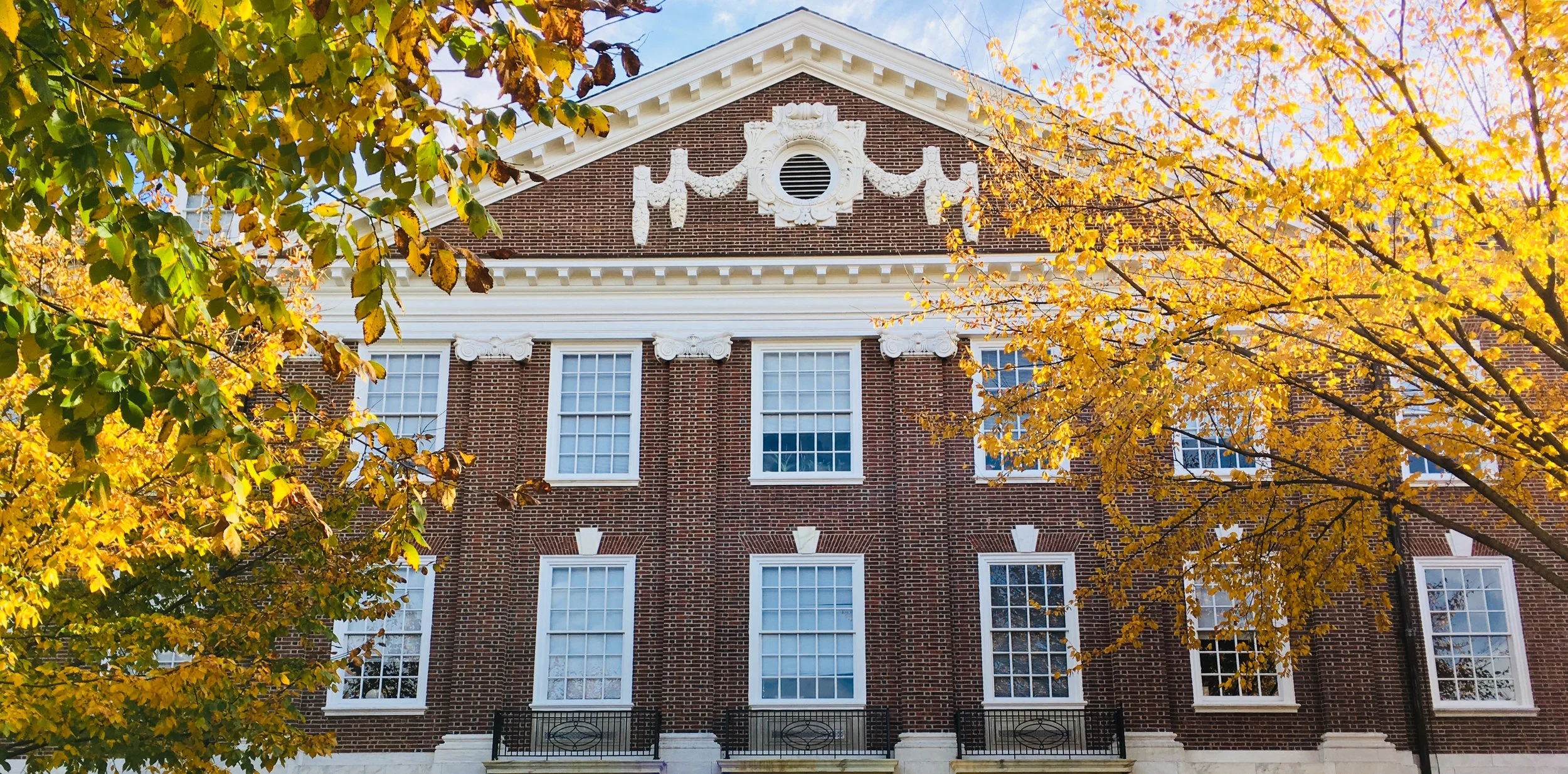How do we make sense of the other people around us?
Humans are boundless sources of social information. We make rapid social judgments based on facial characteristics connoting emotions and personality traits, and behavior, both observed and directly experience. While we can make these judgments based upon incredibly thin slices of experience, they don’t exist in a vacuum. Our perceptions and representations of others change dynamically over time and are subject to the influence of multiple channels of social information – like group membership, prior knowledge, and the social context.
Our work uses a multi-level approach to uncover the social cognitive and neural mechanisms that underlie how we dynamically perceive, evaluate, represent, and understand other people, leveraging theory and methods from experimental social psychology, cognitive neuroscience, perceptual psychophysics, and computational modeling.

